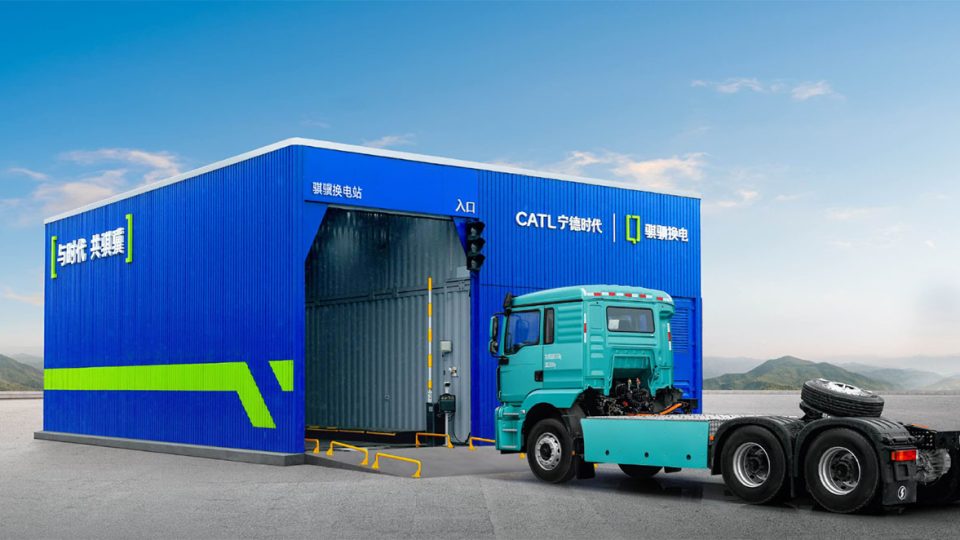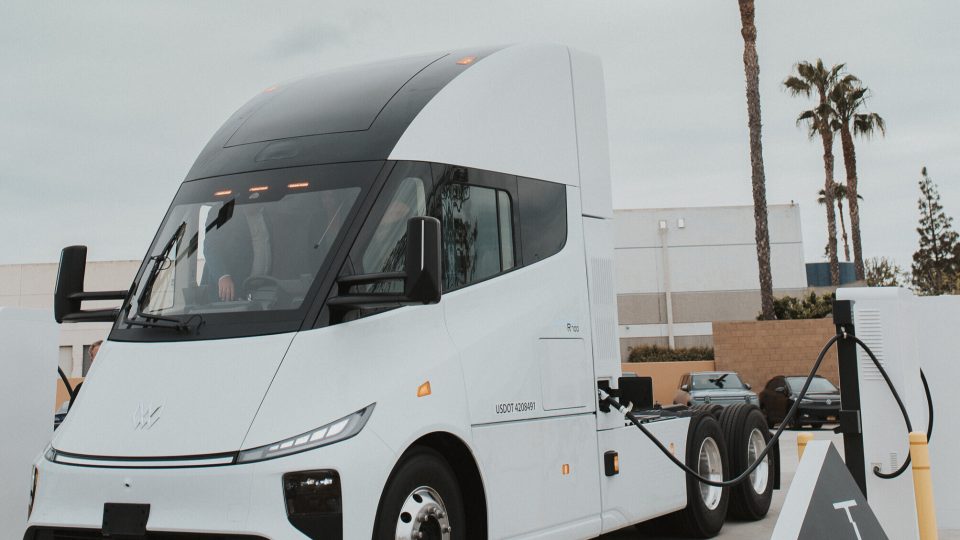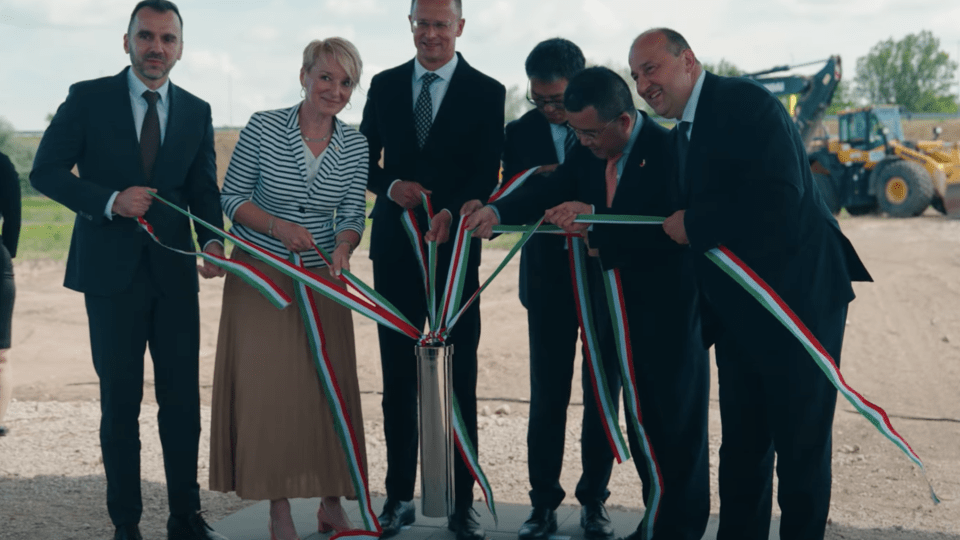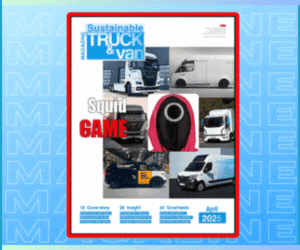Sustainability, Scania sets targets to reduce emissions starting from supply chain
With a lifecycle assessment as a starting point, the Swedish manufacturer created a strategy for decarbonisation in the European supply chain that includes targets for 2030, going from a 35 to 90 percent reduction for the various materials and components.
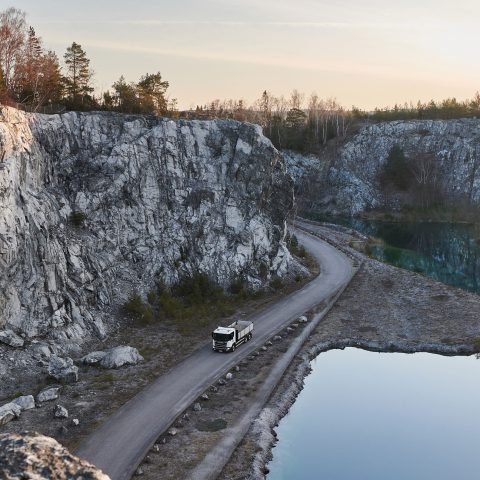
Scania released the company’s Annual and Sustainability Report. Here, quite clear targets to reduce emissions starting from supply chain and production are reported. In 2020, Scania became the first heavy vehicle manufacturer to have science based climate targets. The targets set by Scania to measure decrease in emissions from both own operations as well as vehicles in use, are an integrated part of Scania’s business targets, from production to development and sales.
From now on there will also be a clear connection between the results from climate targets and the compensation for senior executives. «Our climate targets are always with us in every decision we make. They are the foundation for our strategy and our way forward», said Andreas Follér, Head of Sustainability at Scania.
Scania to reduce emissions
Certain parts of the supply chain, such as battery and steel production, cause large emissions and are the main part of Scania’s total carbon print. The major sources of emissions are batteries, steel, aluminium and iron. With a lifecycle assessment as a starting point, the Swedish manufacturer created a strategy for decarbonisation in the European supply chain that includes targets for 2030, going from a 35 to 90 percent reduction for the various materials and components.
«This is only the beginning of our journey towards decreased carbon emissions in the supply chain. We are working on widening the scope, so our strategy for phasing out fossil fuels eventually will cover Scania’s whole value chain», added Andreas Follér.










